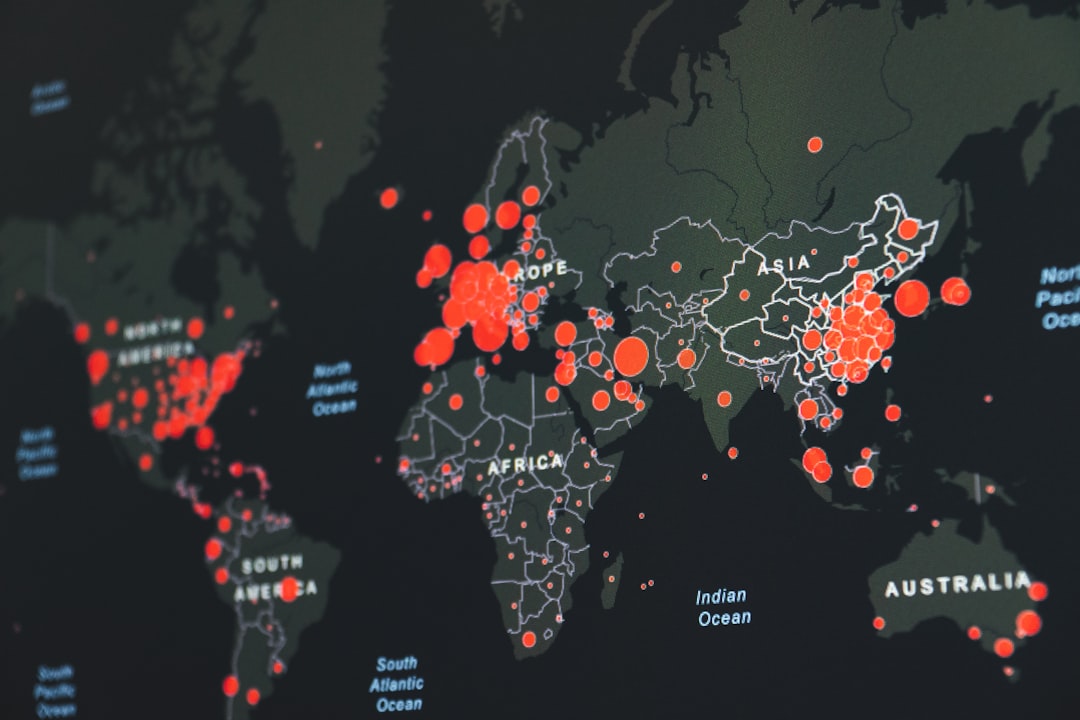What is it about?
Data is sent over the Internet by being divided into packets. When there is heavy use of your home broadband connection, there are many packets to be sent by your router at the same time. To ensure all of the packets are sent, your router temporarily stores the packets in a queue in its buffers. As more packets require sending, they are added to the queue. Bufferbloat occurs when too many packets are queued, resulting in an increased delay in sending packets. This is a result of congestion control mechanisms not working as they should. The packets arrive at their destination later than if the router’s buffers had not been full. This delay causes poor performance in online activities such as video and music streaming, video conferencing and online gaming. These activities are adversely affected by delayed packets.
Featured Image

Photo by Compare Fibre on Unsplash
Why is it important?
People are increasingly using delay sensitive activities such as video and music streaming, video conferencing and online gaming. This article demonstrates a way of mitigating bufferbloat in a home broadband router using data stream shaping and Smart Queue Management (SQM), as suggested by The Bufferbloat Project (https://www.bufferbloat.net). Data stream shaping creates a bandwidth limit for less critical packets. This means delay sensitive packets are less likely to be delayed when the home broadband connection is heavily used. SQM ensures delay sensitive packets are not delayed by the router when requiring to be sent. Thus, the delay sensitive applications perform better. There is no noticeable delay or freezing when conducting video calls and no "lag" when online gaming.
Perspectives
I hope this article highlights the issue of bufferbloat in home broadband routers. It demonstrates a way to mitigate bufferbloat and improve performance. People often believe poor performance is due to a slow connection. However, most applications are more sensitive to delay than they are to low bandwidth. Thus, understanding what bufferbloat is and how to mitigate it is important.
Philippa Harrison
Glyndwr University
Read the Original
This page is a summary of: Buffer-Bloated Router? How to Prevent It and Improve Performance, Communications of the ACM, May 2023, ACM (Association for Computing Machinery),
DOI: 10.1145/3564262.
You can read the full text:
Contributors
The following have contributed to this page










